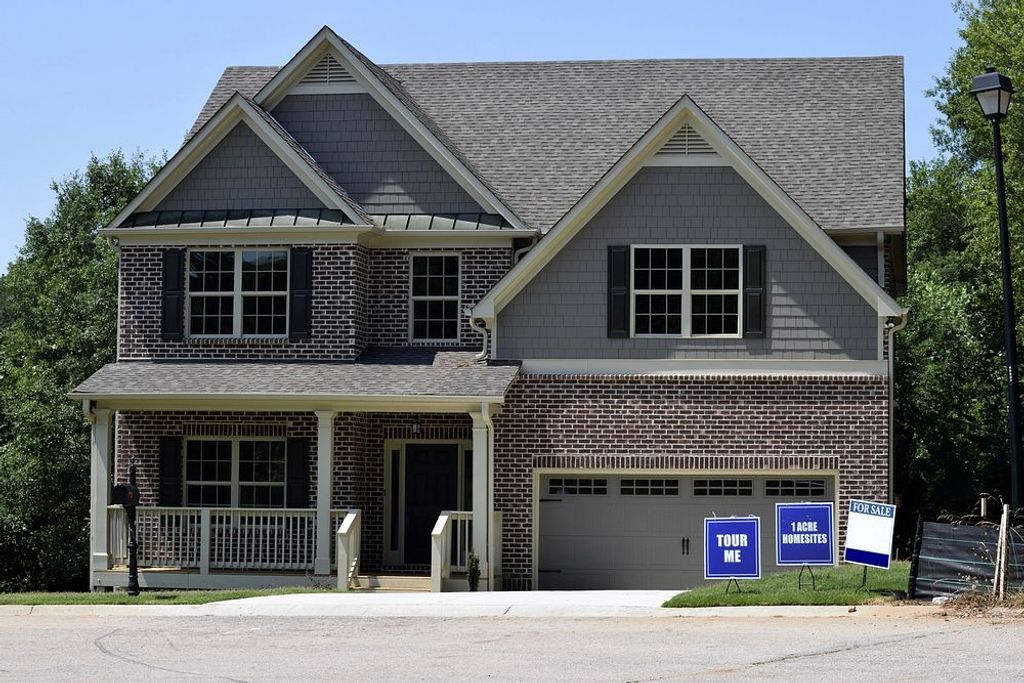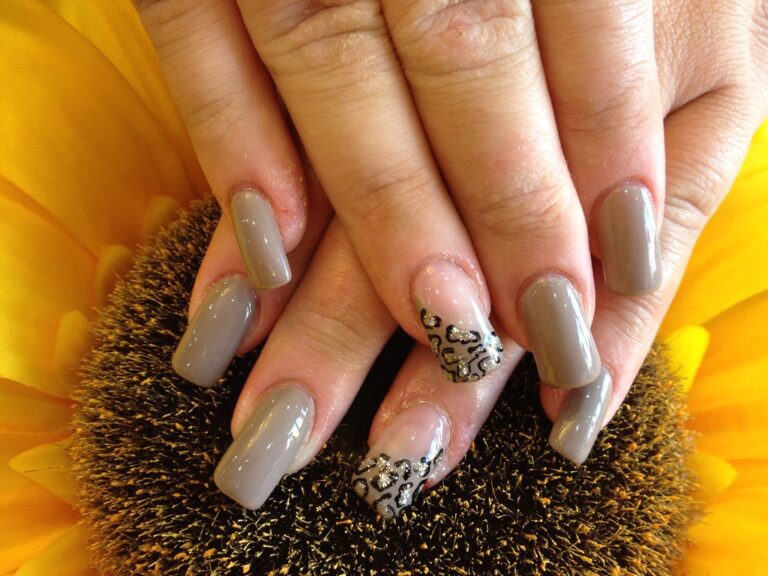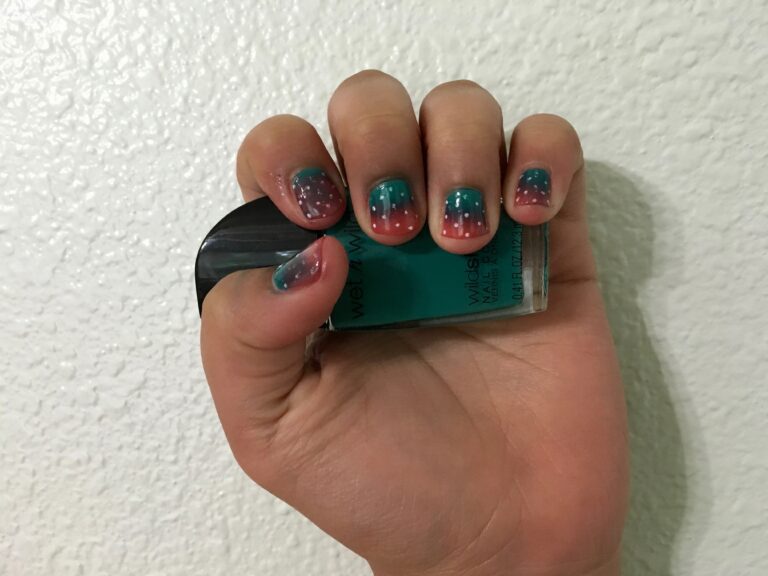“Vinyl Virtuosos: What Nails to Use for Vinyl Siding”
Vinyl siding is a popular choice for homeowners due to its durability, low maintenance, and aesthetic appeal. When it comes to installing vinyl siding, selecting the right nails is crucial for a successful and long-lasting installation. Understanding the composition of vinyl siding, selecting the right nails, and following proper installation techniques are essential for ensuring the integrity of the siding. This article will provide valuable insights into the selection, installation, troubleshooting, and maintenance of vinyl siding, focusing on the use of nails for this purpose.
Key Takeaways
- Selecting the right type of nails is crucial for the longevity of vinyl siding installations.
- Factors such as material, length, and corrosion resistance should be considered when choosing nails for vinyl siding.
- Proper preparation and installation techniques are essential for preventing common issues such as nail pops and expansion/contraction problems.
- Regular cleaning and inspection can help maintain the appearance and functionality of vinyl siding.
- Promptly repairing damaged siding can prevent further deterioration and maintain the structural integrity of the installation.
Understanding Vinyl Siding

The Composition of Vinyl Siding
Vinyl siding, a popular choice for home exteriors, owes its durability and versatility to its primary component, polyvinyl chloride (PVC). This synthetic plastic polymer is not only strong but also resistant to the elements, making it an ideal material for withstanding various weather conditions.
The composition of vinyl siding is a blend of PVC resin with additional substances that enhance its performance. Additives are mixed in to provide color stability, impact resistance, and flexibility. These components ensure that the siding maintains its shape and color over time, even when exposed to sunlight and temperature changes.
It’s important to note that the quality of vinyl siding can vary depending on the proportion of PVC resin used. Higher-quality siding will typically contain a greater percentage of this resin, contributing to its longevity and overall performance.
Benefits of Using Vinyl Siding
Vinyl siding offers a combination of durability and longevity, making it a popular choice for homeowners. Its cost-effectiveness and design versatility further contribute to its appeal. Additionally, vinyl siding provides excellent energy efficiency and insulation, enhancing the comfort and sustainability of homes.
Selecting the Right Nails for Vinyl Siding

Types of Nails Suitable for Vinyl Siding
Choosing the correct type of nail for installing vinyl siding is crucial to ensure both the aesthetic appeal and the longevity of the siding. The ideal nails for this purpose are corrosion-resistant to prevent rusting and deterioration over time. Common materials for these nails include aluminum, stainless steel, or galvanized steel.
When selecting nails, it’s important to consider the head diameter; a minimum of 5/16" is recommended to provide adequate holding power without causing damage to the siding. The length of the nail should also be appropriate for the thickness of the siding and the underlying sheathing to ensure a secure fit.
Tip: Always allow for a slight gap between the nail head and the siding to accommodate for expansion and contraction due to temperature changes.
Here’s a quick reference list of suitable nails for vinyl siding installation:
- Aluminum nails: Lightweight and rustproof, ideal for coastal areas.
- Stainless steel nails: Highly durable and resistant to corrosion.
- Galvanized roofing nails: Coated to resist rust, with a broad head for better grip.
Factors to Consider When Choosing Nails
Selecting the right nails for your vinyl siding project is crucial for both the installation process and the longevity of the siding. When choosing nails, consider the following factors:
- Length: Nails should be long enough to penetrate at least 3/4 inch into the solid wood sheathing or framing beneath the siding.
- Material: Aluminum or stainless steel nails are recommended to prevent rust and corrosion.
- Shank Type: Ring-shanked nails provide better grip and are less likely to back out over time.
- Head Type: A larger head ensures the nail holds the siding securely without tearing through, especially during expansion and contraction.
Tip: Always check local building codes for specific requirements regarding nail size and type for vinyl siding installation.
Remember, the right nail can make a significant difference in the durability and appearance of your vinyl siding. Take the time to select nails that will provide the best hold and withstand the elements over time.
Installation Techniques for Vinyl Siding

Preparation Steps Before Installation
Before the first piece of vinyl siding is nailed into place, thorough preparation of the work area is crucial. This includes ensuring that the wall surfaces are clean, dry, and smooth. Any irregularities in the wall can cause issues with the siding’s appearance and durability.
- Remove old siding and cladding to expose the sheathing.
- Repair any damaged sheathing and ensure that it is structurally sound.
- Install a weather-resistant barrier to protect against moisture.
- Ensure that all windows, doors, and corners are properly flashed to prevent water infiltration.
Tip: Always check local building codes for specific requirements regarding wall preparation and weather-resistant barriers before starting your installation.
By following these steps, you create a solid foundation for your vinyl siding, which is essential for a long-lasting and aesthetically pleasing result.
Best Practices for Nailing Vinyl Siding
When installing vinyl siding, the correct nailing technique is crucial for both the aesthetic and functional integrity of the siding. Begin by ensuring that each nail is placed in the center of the nailing slot, which allows for the necessary movement due to temperature changes. Nails should be driven straight and level to prevent distortion of the siding panels.
- Use galvanized or stainless steel nails to resist corrosion.
- Nails should be long enough to penetrate at least 3/4 inch into the sheathing.
- Leave a 1/32 inch gap between the nail head and the siding to allow for expansion and contraction.
Tip: Do not nail the siding too tightly. Vinyl siding must be able to move freely to accommodate for thermal expansion. Overly tight nails can lead to warping or buckling of the siding material.
Adhering to these best practices will ensure that your vinyl siding remains secure and maintains its appearance over time. For specific guidelines, always refer to the manufacturer’s instructions, as they may have particular requirements for their product.
Troubleshooting Common Vinyl Siding Issues

Addressing Nail Pops
Nail pops are a common issue with vinyl siding, often resulting from the natural expansion and contraction of the material. To address this problem, it’s crucial to first identify the cause. If the nails are rusty or improperly installed, they may need to be replaced. Here’s a step-by-step guide to fixing nail pops in your vinyl siding:
- Gently remove the affected siding panel to access the nails.
- Inspect the nails for signs of rust or damage.
- If necessary, replace the old nails with new, corrosion-resistant nails designed for vinyl siding.
- When re-nailing, ensure not to drive the nails too tightly. The siding should be able to move freely to accommodate temperature changes.
- Reinstall the siding panel, making sure it locks firmly into place.
Tip: Always leave a slight gap between the nail head and the siding to allow for expansion and contraction. Over-driving the nails can restrict movement and lead to further issues.
Regular inspection of your siding can help prevent nail pops from becoming a larger problem. By catching and addressing them early, you maintain the integrity and appearance of your vinyl siding.
Dealing with Expansion and Contraction
Vinyl siding is designed to withstand various weather conditions, but it is not immune to the effects of thermal expansion and contraction. As temperatures fluctuate, vinyl siding can expand or contract, which may lead to issues if not properly accommodated during installation.
To manage this natural movement, it is essential to allow for a small amount of play when nailing the siding. Nails should not be driven in too tightly but should leave just enough space to enable the siding to move. This is often referred to as ‘loose nailing.’ A general rule of thumb is to leave a gap about the thickness of a dime between the nail head and the siding.
Tip: Always check the manufacturer’s guidelines for specific recommendations on nail spacing and installation techniques to prevent buckling and warping.
Additionally, when installing vinyl siding in varying climates, consider the current temperature and anticipate the potential for expansion or contraction. For instance, if installing during colder months, remember that the siding will likely expand when the temperature rises.
Maintenance Tips for Vinyl Siding Longevity

Regular Cleaning and Inspection
To ensure the longevity of your vinyl siding, regular cleaning and inspection are paramount. Dirt, mold, and mildew can accumulate on the surface, detracting from the siding’s appearance and potentially causing damage over time. A simple cleaning regimen using soap and water is often sufficient to maintain the siding’s aesthetic and structural integrity.
- Inspect your siding periodically for any signs of wear or damage.
- Clean the siding with a soft cloth or brush and a mixture of mild soap and water.
- Rinse thoroughly with water to prevent residue build-up.
Tip: Always start from the bottom and work your way up to avoid streaking, and be sure to rinse the area completely before the cleaning solution dries.
Regular maintenance not only preserves the appearance of your vinyl siding but also prevents minor issues from escalating into major repairs. By adhering to a consistent cleaning schedule and keeping an eye out for early signs of damage, you can extend the life of your siding and ensure it continues to protect and beautify your home for years to come.
Repairing Damaged Siding
When it comes to repairing damaged siding, it’s essential to assess the extent of the damage before proceeding with any repairs. Identify the affected area and determine whether a patch repair or a full replacement is necessary. Additionally, ensure that the replacement siding matches the existing color and texture to maintain a cohesive appearance. Properly securing the replacement siding with the appropriate nails is crucial for long-term durability and weather resistance. Consider consulting a professional if you’re unsure about the best approach for repairing the damaged siding.
Vinyl siding is a popular choice for many homeowners due to its durability and low maintenance. To ensure the longevity of your vinyl siding, regular maintenance is essential. Here are some maintenance tips to keep your vinyl siding looking great for years to come. First, make sure to clean your siding at least once a year to remove dirt, mold, and mildew. Use a soft brush or a pressure washer on a low setting to avoid damaging the siding. Inspect your siding for any signs of damage, such as cracks, warping, or loose panels, and repair them promptly to prevent further issues. Additionally, consider applying a protective coating to enhance the resilience of your vinyl siding. By following these maintenance tips, you can extend the life of your vinyl siding and keep your home looking beautiful. For more home maintenance tips and creative design ideas, visit NAILinspire.com – The Ultimate Online Nail Art Design Library.
Frequently Asked Questions
What type of nails should I use for vinyl siding?
For vinyl siding, it is recommended to use hot-dipped galvanized or stainless steel nails to prevent rust and corrosion.
Can I use regular nails for vinyl siding installation?
No, regular nails are not suitable for vinyl siding as they may rust and cause damage to the siding over time. It’s important to use nails specifically designed for vinyl siding installation.
How long do vinyl siding nails last?
When using the appropriate nails such as hot-dipped galvanized or stainless steel, vinyl siding nails can last for the lifetime of the siding without corroding or causing damage.
What factors should I consider when choosing nails for vinyl siding?
Consider the material of the nails, the length and gauge, as well as the climate and environmental conditions in which the siding will be installed.
How do I address nail pops in vinyl siding?
Nail pops can be addressed by carefully removing the affected nail, repositioning the siding, and securing it with a new nail in a different location to prevent future nail pops.
What is the best method for repairing damaged vinyl siding?
The best method for repairing damaged vinyl siding is to carefully remove the damaged section, replace it with a new piece of siding, and secure it using appropriate nails and techniques.







